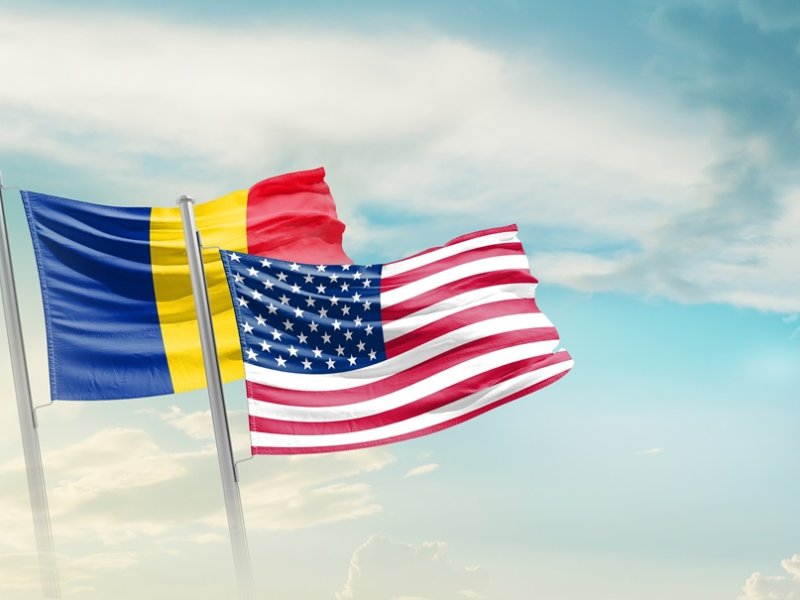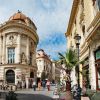August enters history with the first visit of a U.S. president to Bucharest

By Bucharest Team
- Articles
On August 2, 1969, Otopeni Airport witnessed an unprecedented moment in communist Romania’s history. Richard Nixon became the first American president to set foot on Romanian soil during an official visit, received with full honors by Nicolae and Elena Ceaușescu and the Communist Party leadership. This emblematic visit came just a year after Romania asserted its independence from Moscow by condemning the invasion of Czechoslovakia.
A historic first: Richard Nixon in communist Romania
In the days leading up to Nixon’s arrival, the atmosphere in the capital seemed surprisingly calm. Authorities presented the visit as “a state visit like any other,” downplaying its significance. Yet on the morning of August 2, the American flag appeared along the official route, and party newspapers published the first articles about the event. What followed, however, surpassed all expectations: roughly one million Bucharest residents poured spontaneously into the streets to welcome Nixon, in a surge of enthusiasm that has remained in collective memory.
For Nixon, this was already his second visit to Romania — the first had taken place in 1967, when he was still a member of Congress. This time, however, the program was carefully designed: a tour of the new Balta Albă neighborhood, a stop at the famous Obor Halls, and a visit to the Village Museum. American journalists noted the warmth with which their president was received, a highly unusual phenomenon in a communist capital.
Six years later: Gerald Ford fails to spark the same enthusiasm
In August 1975, Romania welcomed a second U.S. president — Gerald Ford. The context, however, was entirely different. While Nixon’s visit had generated waves of optimism, Ford’s was met with far more restraint. He arrived directly from the Helsinki Conference, where he had signed the Final Act of the CSCE. The main purpose of the visit was the signing of an agreement granting Romania most-favored-nation (MFN) trade status.
The highlight of Ford’s visit took place at Peleș Castle, where the two countries signed crucial documents. Nicolae Ceaușescu and Gerald Ford delivered speeches full of hope for the future of bilateral relations. Yet, as Mircea Carp of Radio Free Europe observed, “the enthusiasm of 1969 had vanished, replaced by a justified caution.”
The legacy of emblematic visits
Although both visits went down in history as important moments in Romanian diplomacy, their effects on the daily lives of Romanians were minimal. They nonetheless demonstrated Romania’s ability to maintain special ties with Washington even in the most tense years of the Cold War, reinforcing the country’s image as an “exception” within the communist bloc.
Today, these events remain subjects of study for historians and a source of nostalgia for those who remember the days of August 1969.






























